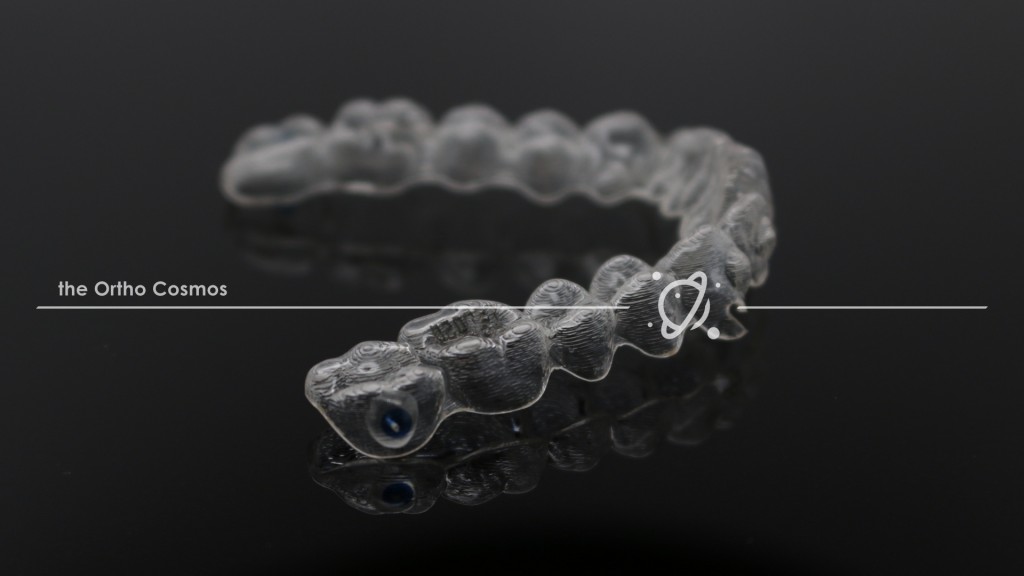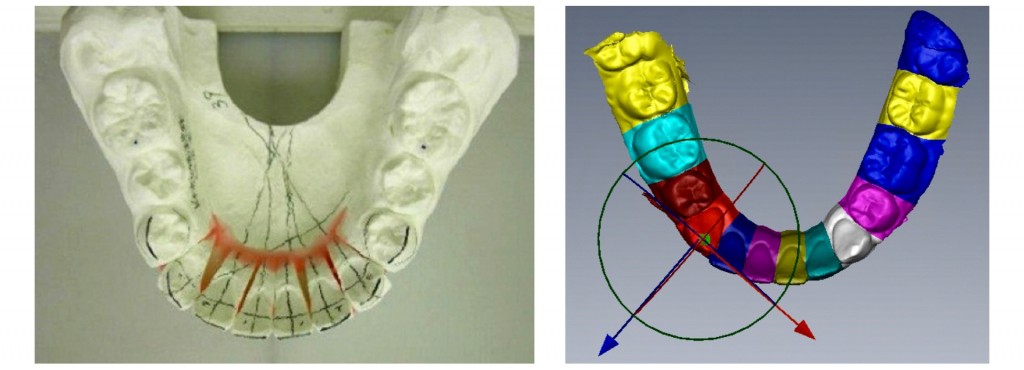 With the advent of digital technology in orthodontics, clear aligner therapy has become a large growing segment of orthodontic treatment. In the modern-day orthodontic practice, clear aligner therapy has opened the door to the treatment of many patients who would never have sought out orthodontic treatment. As you consider all the options available for patients, it’s important to consider clear aligner therapy goes beyond the plastic.
With the advent of digital technology in orthodontics, clear aligner therapy has become a large growing segment of orthodontic treatment. In the modern-day orthodontic practice, clear aligner therapy has opened the door to the treatment of many patients who would never have sought out orthodontic treatment. As you consider all the options available for patients, it’s important to consider clear aligner therapy goes beyond the plastic.
The plastic aligner is a delivery device to a much more sophisticated process. Before that aligner is fabricated, there is a full workflow that determines what those aligners will achieve. It begins with the impression of the dentition. Today, this impression is fully digital, and captured by an intraoral scanner. That digital data is sectioned and separated into each component tooth. CAD software then allows for 3D controls that place the teeth in their desired position. The placement of teeth on the CAD software does not guarantee that the actual teeth will respond into that desired outcome. This is where the best practices of tooth movement come into play. An experienced orthodontist will modify the movements that are drafted to maximize the predictability of the final result, plus maintain a healthy outcome. This is where the skill of the doctor determines the success of the patient’s treatment. The staging of the movement, the speed, direction and supporting attachments are the true secrets to success. A proper treatment plan is the critical component.
The placement of teeth on the CAD software does not guarantee that the actual teeth will respond into that desired outcome. This is where the best practices of tooth movement come into play. An experienced orthodontist will modify the movements that are drafted to maximize the predictability of the final result, plus maintain a healthy outcome. This is where the skill of the doctor determines the success of the patient’s treatment. The staging of the movement, the speed, direction and supporting attachments are the true secrets to success. A proper treatment plan is the critical component.
Are all clear aligner systems the same?
 Clear aligner therapy started with sectioning plaster casts and manually placing teeth into position. Some aligner systems still use a digital version of the same technique. The most versatile clear aligner products offer more effective tools in the diagnosis and design of the treatment. These allow the doctor to better control the movements and represent the desired forces into the aligners worn by the patient. The better the software is in designing the treatment, the better the aligner system. The better the available force systems to move teeth, the better the aligner system. And the better the transfer of digital data into the fabrication of the plastic aligner, the better the aligner system. Even rudimentary clear aligner systems can treat simple crowding issues. Only the best clear aligner systems combined with an experienced doctor can achieve the best results treating a full range of simple to complex malocclusions.
Clear aligner therapy started with sectioning plaster casts and manually placing teeth into position. Some aligner systems still use a digital version of the same technique. The most versatile clear aligner products offer more effective tools in the diagnosis and design of the treatment. These allow the doctor to better control the movements and represent the desired forces into the aligners worn by the patient. The better the software is in designing the treatment, the better the aligner system. The better the available force systems to move teeth, the better the aligner system. And the better the transfer of digital data into the fabrication of the plastic aligner, the better the aligner system. Even rudimentary clear aligner systems can treat simple crowding issues. Only the best clear aligner systems combined with an experienced doctor can achieve the best results treating a full range of simple to complex malocclusions.
The last sentence of this post is pure perfection and I could not agree more!! As an ortho lab tech I have printed thousands of models for aligner treatments and wanted to make a quick comment from my perspective. The 3D software and hardware have a massive role to play in this process. The software may align the teeth properly but if the software exports out the data improperly it could effect the quality of the 3D printed model. The surface quality of the printed model will be the determining factor on the surface quality of the aligner. A model printed in 200 micron Z slices will yield an aligner that has visible lines within it. An aligner created off of a model printed at 100 micron will have a nice smooth surface finish (depending on the 3D printing technology used). Certainly 3D printing has a big role to play in aligner production and until a viable and affordable directly printed aligner material becomes available, the best way to fabricate aligner systems productively is with a 3D printer. Of course it does not matter what 3D printer you use if the case was not properly treatment planned. I firmly believe the treating dentist/orthodontist should be making the final plan, not some practitioner outside of the country working over a computer.